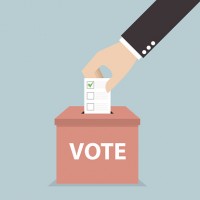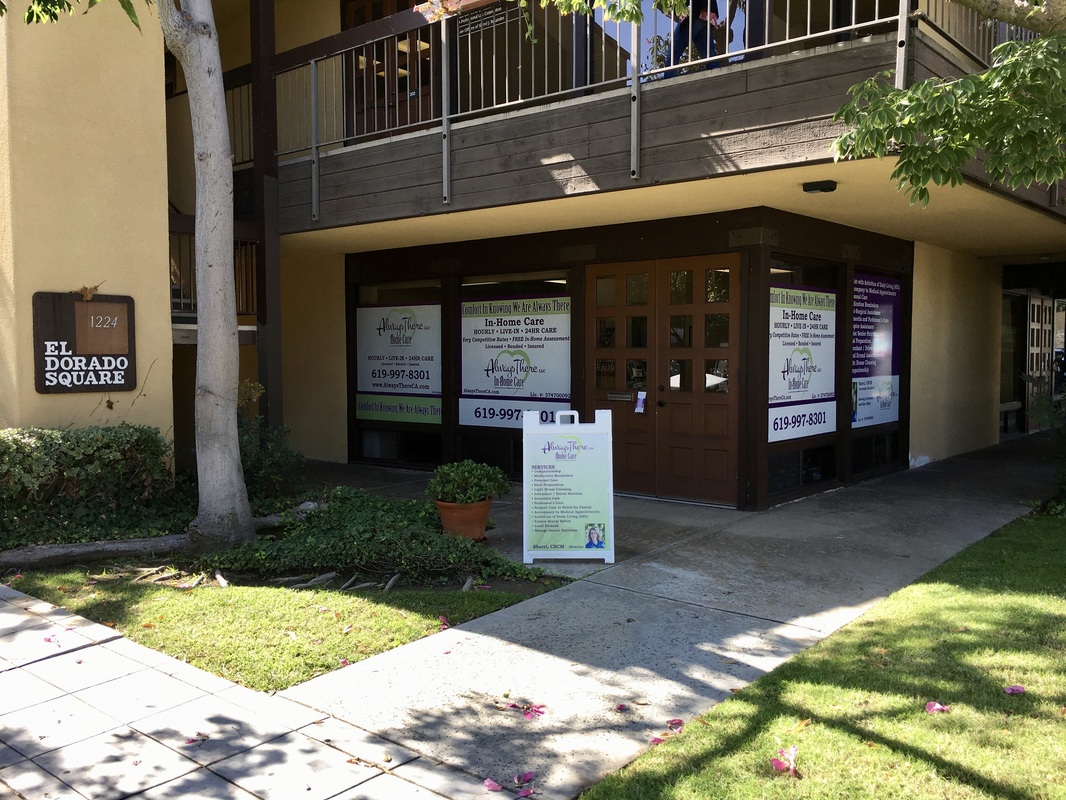Dementia is a generic term for a range of neurological disorders affecting millions of Americans every year. As the disease is more common in older age and the aging population is expected to increase in most countries, dementia has been predicted to increase exponentially. However, new research reports a decline in the prevalence of dementia in the United States.
Dementia is an umbrella term used to describe a variety of conditions and symptoms that occur when nerve cells die or no longer function properly. The malfunctioning of these neurons leads to memory loss, impaired reasoning and cognition, and sometimes personality changes.
Patients are diagnosed with the disorder when such impairment becomes severe and interferes with a person's ability to carry out daily tasks. Alzheimer's disease is the most common form of dementia, accounting for 60-80 percent of cases.
Ultimately, Alzheimer's disease is fatal, ranking as the sixth leading cause of death in the U.S.
According to the Alzheimer's Association, 1 in 3 American seniors die with Alzheimer's or another form of dementia.
It is estimated that 5.2 million Americans aged 65 or over live with Alzheimer's, and the numbers are expected to escalate. As the so-called baby boom generation has started to reach age 65 and over, by 2050, the number of seniors with Alzheimer's disease is expected to triple to a staggering 13.8 million.
The rapidly expanding nature of dementia has earned its nickname as "The Silent Epidemic."
However, some recent studies have suggested that the risk of developing dementia may have declined in the past 25 years, particularly in high-income countries. New research seems to support this optimistic view.
Has the risk of developing dementia decreased over the years?
At least three European studies have suggested dementia risk may be decreasing in older adults, with authors hypothesizing that the change is due to changes in education, decline in vascular risk factors, and overall decrease in stroke incidence.
In the U.S., one study noted a 20 percent decrease in dementia per decade between 1977-2008, but only in adults with at least a high school education.
New research compares the prevalence of dementia in the U.S. in 2000 and 2012.
The new study was led by Dr. Kenneth M. Langa, Ph.D., of the University of Michigan in Ann Arbor. The results were published in the journal JAMA Internal Medicine.
Researchers used data from a large, nationally representative group of American adults who participated in the Health and Retirement Study (HRS). In total, the study looked at over 21,000 adults aged 65 and over. The HRS gathered data from 10,546 adults in 2000 and from 10,511 adults in 2012.
The HRS used cognitive measures and appropriate methods for classifying answers self-reported by the participants themselves or by a designated proxy.
Participants in the HRS had an average of 75 years in 2000 and 74.8 years in 2012. Of the cohort studied in 2000, 58.4 percent were female, compared with 56.3 percent in 2012.
The analysis used logistic regression to identify and account for socioeconomic and health variables.
Study finds significant fall in dementia in U.S.
The new study supports previous studies suggesting dementia rates may be dropping.
The analysis found that dementia prevalence among participants aged 65 and older decreased from 11.6 percent in 2000 to 8.8 percent in 2012.
This corresponds to an absolute decrease of 2.8 percent and a relative decrease of 24 percent.
Researchers also found an inverse association between time spent in education and the risk of developing dementia.
More years of education was correlated with a lower risk of dementia, with adults in the 2012 group having, on average, 1 more year of education, compared with adults in the 2000 group.
The average number of years spent in education increased from 11.8 years in 2000 to 12.7 years in 2012.
Education may have influenced the declining trend in dementia either by having a direct effect on the brain, improving brain power and cognitive function, or indirectly, through an association with positive health behavior, such as exercising or having a healthy diet.
Education may also be associated with more cognitively complex activities and better access to health care, the authors note.
The decrease in dementia prevalence occurred despite the increases in cardiovascular disease risk factors, such as hypertension, diabetes, and obesity. Researchers suggest improvements in treatments for cardiovascular risk factors may have had a positive effect on dementia risk.


 RSS Feed
RSS Feed
